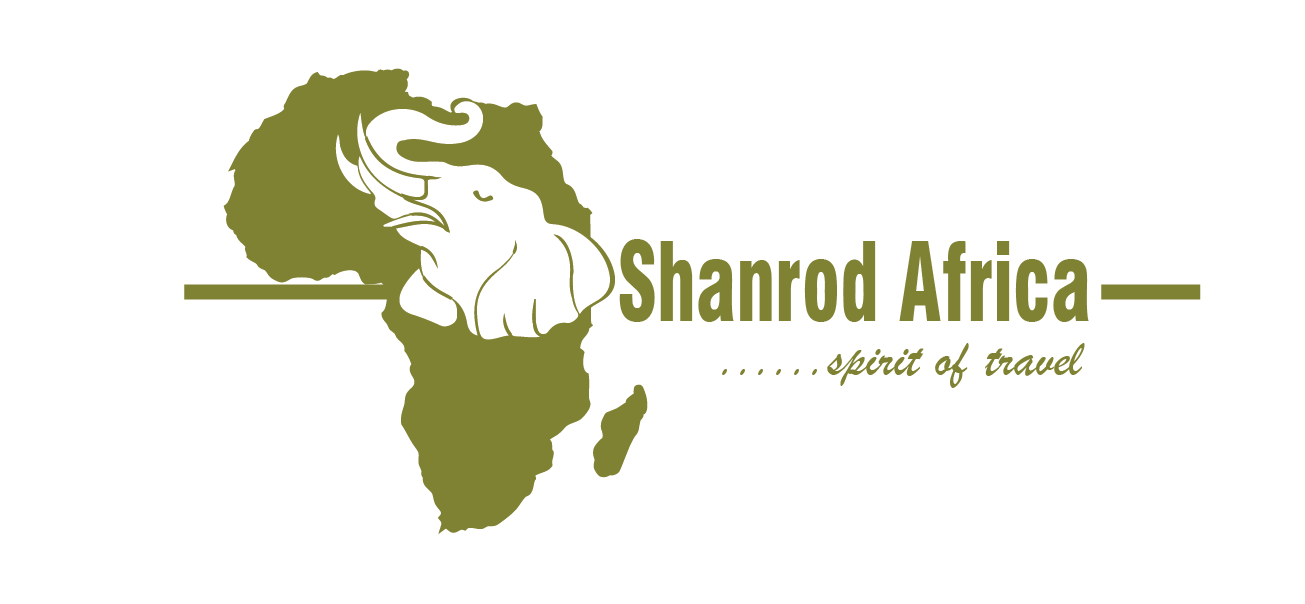Introduction
The Western Cape is home to Table Mountain, the vast Cape Winelands and two UNESCO World Heritage Sites: Robben Island and the Cape Floral Region.
Overview of the Western Cape
The mountainous Western Cape Province extends from the Cape of Good Hope on the south- western tip of Africa 400km north and 500km east. It is South Africa’s fourth-largest province. It is bounded by the Northern Cape and Eastern Cape.
It is best known for Cape Town, South Africa’s ‘Mother City’, a popular travel destination that is home to Table Mountain and beautiful beaches, among many other attractions.
North of Cape Town, the West Coast incorporates the West Coast National Park, well known for birds and spring flowers (in late August and September), and the West Coast Fossil Park in Langebaan. Also in the province is the Cederberg, an area of contrast where 71,000ha of rugged mountains are offset in spring by carpets of yellow, orange, blue and purple flowers.
Along the province’s eastern coastline lies the picturesque Garden Route that stretches several hundred kilometers from Cape Town to Port Elizabeth. The Western Cape’s beaches are beautiful, some with mountains rushing down to meet a turquoise ocean. The most popular bathing beaches in Cape Town include Clifton, Camps Bay, Muizenberg and Fish Hoek, while others, such as Llandudno and Noordhoek, are popular among surfers.
The wine-growing areas of Stellenbosch, Paarl, Wellington, Franschhoek, Ceres, Worcester, Bonnievale and Robertson are popular attractions, where a Mediterranean climate favours the production of superb wines.
The province is also renowned for its fresh seafood, from line fish to lobster, prawns, snoek and sole. Most restaurants have fish on the menu and fresh fish is sold from the boats in Fish Hoek and Kalk Bay.
History
In pre-colonial days, the Cape was inhabited by indigenous Khoi people, who were herders and traded with early European visitors in the 16th and 17th centuries.
The Cape of Good Hope (it was also known, less flatteringly, as the Cape of Storms) was important both geographically and politically, as it was on the only early trade route from Europe and the Americas to India, the ‘Spice Islands’ of the East Indies, and the East.
The first European explorer to round the Cape was Bartolomeu Dias, in 1488. It was to be more than 150 years later, in 1652, that the Dutch established a permanent settlement here, which grew much-needed fresh supplies for those who by now more frequently sailed this perilous route.
The first governor of the Cape, Jan van Riebeeck, started work on the Castle of Good Hope as a star-shaped fort. It was completed in 1679, and is the oldest building in South Africa. It is now open to the public as a museum featuring 18th century décor.
As trade between Europe, India and the East increased, the Cape (Cape Town and its hinterland) became more important politically. The British took control of the Cape in 1795, then returned it to the Dutch in 1802, but fought for it again and occupied it from 1806 to 1814. After that, the Cape remained nominally under British rule until 1910, when the Union of South Africa was formed.
Apart from the history of the Dutch and British in the Cape, other influences included that of the French – many of whom came as Huguenots fleeing religious repression in the 17th century – and the Malays, who came mostly as slaves during the Dutch rule.
The French influence is still especially apparent in the small Western Cape’s town of Franschhoek, a drive of about an hour from Cape Town, while the Malay influence is still strong in some Cape cuisine and in the colourfully painted Bo-Kaap area in Cape Town, for instance.
Like South Africa’s other large cities, Cape Town witnessed large-scale forced removals when apartheid laws in the second half of the 20th century decreed it illegal for different races to live with one another. Today, Cape Town’s District Six Museum houses memorabilia from the community of District Six, donated by former residents who were forcibly removed to the barren Cape Flats during apartheid.
Cape Town also became notorious for Robben Island, the island-prison a few kilometres offshore, where apartheid’s most feared political prisoners were kept. Among its inmates was Nelson Mandela.
Outside of Cape Town, you can visit many little historic towns rich with heritage. During the 1800s, for example, mission stations were established by European missionaries along what is now the West Coast Mission Route.
Dutch architecture is evident in many of the older parts of the province, but Stellenbosch, ‘the town of oaks’, remains the best preserved, with many historical buildings still intact.
The numerous galleries and museums in the Western Cape house historical collections as diverse as art, gold, fossils, furniture, rock art, dinosaurs and Stone Age tools.

